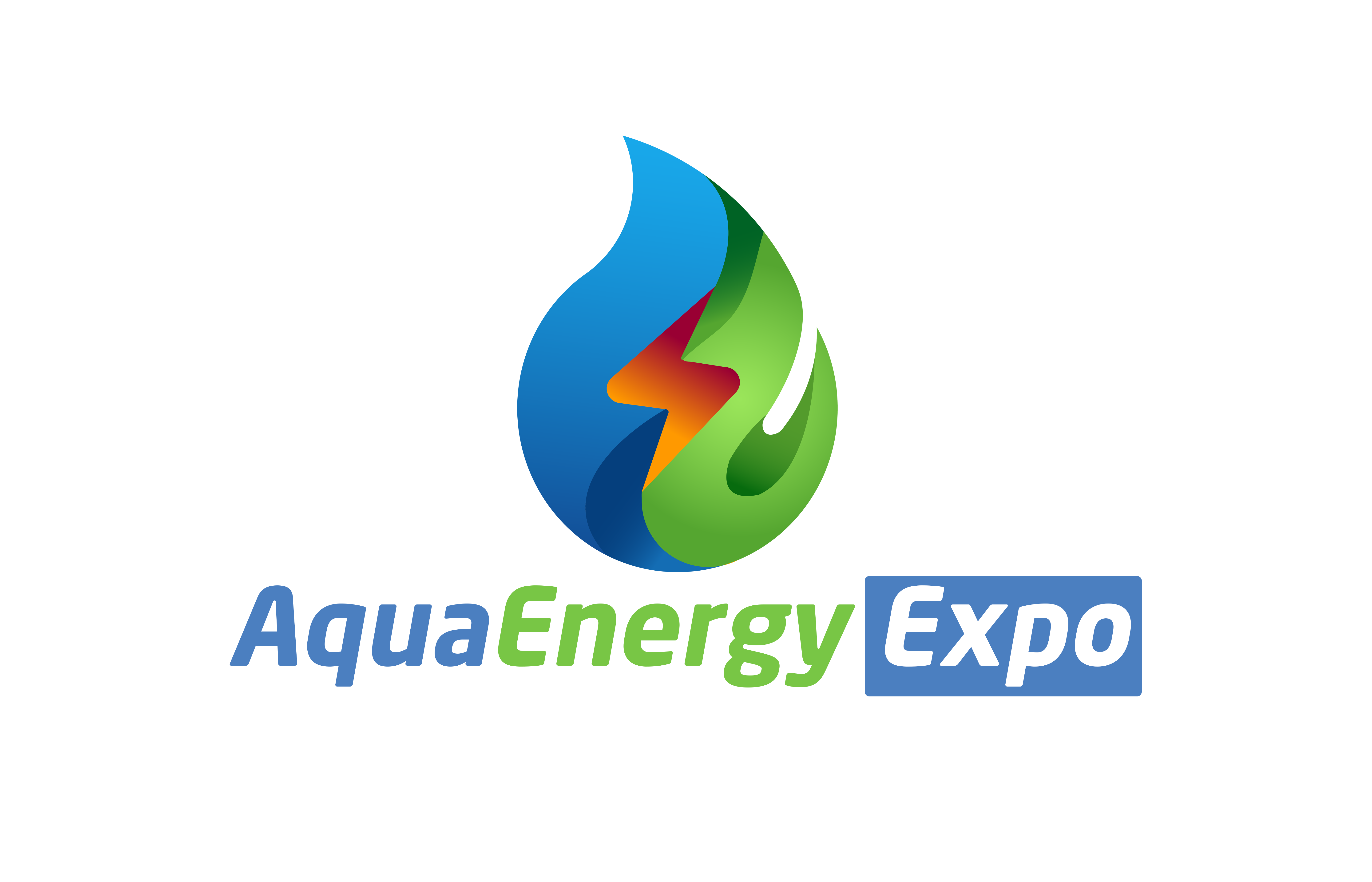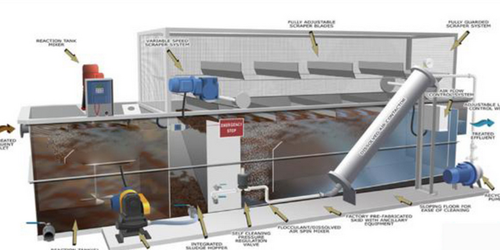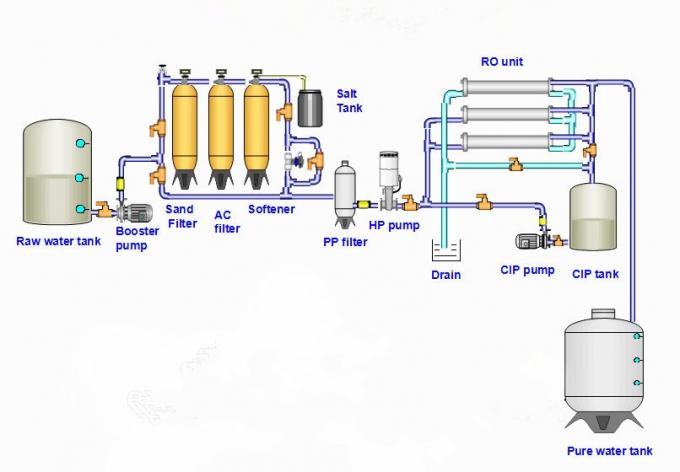Flotation [1]
Flotation may be used in lieu of the normal clarification by solids-downward-flow sedimentation basins as well as thickening the sludge in lieu of the normal sludge gravity thickening. Water containing solids is clarified and sludges are thickened because of the solids adhering to the rising bubbles of air. The breaking of the bubbles as they emerge at the surface leaves the sludge in a thickened condition.
Figure.1 shows the flow sheet of a flotation plant. The recycled effluent is pressurized with air inside the air saturation tank. The pressurized effluent is then released into the flotation tank where minute bubbles are formed. The solids in the sludge feed then stick to the rising bubbles, thereby concentrating the sludge upon the bubbles reaching the surface and breaking. The concentrated sludge is then skimmed off as a thickened sludge.

The effluent from the flotation plant are normally recycled back to the influent of the whole treatment plant for further treatment along the influent raw wastewater. Figure 2 shows an elevational section of a flotation unit.

Dissolved Air Floatation Sludge Thickening
In the dissolved air flotation (DAF) thickening process, air is introduced to the sludge at a pressure in excess of atmospheric pressure. When the pressure is reduced to atmospheric pressure and turbulence is created, air in excess of that required for saturation leaves the solution as fine bubbles 50 to 100 μm in diameter. These bubbles attach to the suspended solids or become enmeshed in the solids matrix. Since the average density of solids–air aggregates is less than that of water (0.6 to 0.7), they rise to the surface. Good solids flotation occurs with a solids–air aggregate specific gravity of 0.6 to 0.7. The floating solids are collected by a skimming mechanism similar to a scum skimming system.
DAF thickening is used most efficiently for waste activated sludge.
Although other types of sludge, such as primary sludge and trickling filter
sludge, have been flotation thickened, gravity thickening of the sludge is
more economical than DAF thickening.
The schematic of a typical DAF thickening rectangle tank is presented in Figure 3. The major components of a DAF system are the pressurization system with an air saturation tank, a recycle pump, an air compressor and pressure release valve, and a DAF tank equipped with surface skimmer and bottom solids removal mechanism. Figure 4 illustrates two models of flotation thickeners that are in use in Russia and Ukraine. There are three ways in which the pressurization system can be operated.
In the method called total pressurization, the entire sludge flow is pumped through the pressurization tank and the air-saturated sludge is then passed through a reduction valve before entering the flotation tank. In the second method, called partial pressurization, only a part of the sludge flow is pumped through the pressurization tank. After pressurization, the pressurized and unpressurized streams are combined and mixed before they enter the flotation tank. In the third method, called the recycle pressurization, a portion of the subnatant is saturated with air in the pressurization tank and then combined and mixed with the sludge feed before it is discharged into the flotation tank.
The major advantage of the recycle pressurization system is that it minimizes high-shear conditions, an important parameter when dealing with flocculant-type sludge. The recycle pressurization system also eliminates clogging problems with the pressurization pump, air saturation tank, and pressure release valve from the stringy material in the feed sludge. For these reasons, recycle pressurization is the most commonly used. The recycle flow can also be obtained from the secondary effluent, which has the advantage of lower suspended solids and a lower grease content than the subnatant from the DAF tank.

The flotation tank can be circular or rectangular and made of steel or concrete. Smaller tanks are usually steel and come completely assembled. For large installations requiring multiple tanks or large tanks, concrete tanks are more economical. Rectangular tanks have several advantages over circular units. In rectangular tanks, skimmers skim the entire surface and the flights can be closely spaced, allowing more efficient skimming. In a rectangular tank, bottom sludge flights are usually driven by a separate unit and hence can be operated independent of the skimmer flights.
The main advantage of circular units is their lower cost in terms of structural concrete and mechanical equipment. However, shipping problems limit a completely assembled steel circular unit to about 9 m2 (100 ft2) or less.
Process Design Considerations [2]
Numerous factors affect DAF process performance, including the following:
- Type and characteristics of feed sludge
- Solids loading rate
- Hydraulic loading rate
- Air-to-solids ratio
- Polymer addition


Although sufficient data are available from operating units in more than 40 years to size DAF systems, bench- and pilot-scale testing can provide valuable information. Most manufacturers of DAF systems have designed and built bench-scale units for evaluations. These manufacturers have scale-up criteria for their equipment to predict full-scale operational parameters. Consideration should also be given to renting a pilot unit available from most manufacturers to test and evaluate the effect of such parameters as solids and hydraulic loading, recycle ratio, air-to-solids ratio, and polymer type and dosage. If sludge is not available for testing, a detailed review must be made of experience at installations where a similar type of sludge is being thickened by DAF thickeners. [3]
Type and Characteristics of Feed Sludge a variety of sludge can be thickened effectively by flotation. These include conventional WAS, extended aeration sludge, pure-oxygen activated sludge, and aerobically digested sludge.
The first step in designing a DAF system is to evaluate the characteristic of the feed sludge. Information is needed about the range of solids concentration that can be expected. If WAS is to be thickened, the mixed liquor sludge volume index (SVI) must be determined because SVI can significantly affect the DAF thickening performance. The SVI should be less than 200 if a float concentration of 4% is required with nominal polymer dosage.
Solids Loading Rate The solids loading rate is expressed as the weight of
solids per hour per unit effective flotation area. Typical solids loading rate are given in Table 1. The loading rates shown will normally result in a minimum of 4% concentration in the float. As can be seen from the table, the solids loading rate can generally be increased up to 100% with polymer addition.
Hydraulic Loading Rate The hydraulic loading rate is expressed as combined flow rates of feed sludge and recycle per unit effective flotation area (m3/m2·d or gpm/ft2). When like units are canceled, it becomes a velocity gradient to the average downward velocity of water as it flows through the flotation tank. The maximum hydraulic loading rate must always be less than the minimum rise rate of the sludge–air particles to ensure that all the particles will reach the surface before they reach the effluent end of the tank. Suggested hydraulic loading rates range from 30 to 120 m3/m2·d (0.5 to 2 gpm/ft2).

Air-to-Solids Ratio The air-to-solids ratio is perhaps the single most important factor affecting DAF performance. It is defined as the weight ratio of air to the solids in the feed stream. The ratio for a particular application is a function of the characteristics of the sludge, principally the SVI, the air dissolving efficiency of the pressurization system, and distribution of the air–solids mixture into the flotation tank. For domestic wastewater sludge, reported values of air-to-solids ratios range from 0.01 to 0.4, with most systems operating at a value under 0.06.
Polymer Addition Chemical conditioning with polymer has a marked effect on DAF thickener performance. The particles in a given sludge may not be amenable to the flotation process because their small size will not allow proper air bubble attachment. The surface properties of the particles may also have to be altered before effective flotation can occur. Sludge particles can be surrounded by electrically charged layers that disperse the particles in the liquid phase. Polymers can neutralize the charge, causing the particles to coagulate so that the air bubbles can attach to them for effective flotation.
Bench- or pilot-scale testing is the most effective method to determine the optimal amount of polymer required and the point of addition (in the feed stream or the recycle stream) for a particular installation. Typical polymer dosages range from 2 to 5 g polymer per kilogram of dry solids (4 to
10 lb/ton).
In the lower ranges of solids and hydraulic loading rates, polymer addition typically is not necessary. Polymer conditioning usually affects solids capture to a greater extent than float solids concentration. With polymer addition, float solids can be increased by about 0.5%; however, the solids capture efficiency can be increased from about 90% to better than 95%.
By
Ahmed Ahmed Elserwy
Water & Environmental Consultant
Technical Manager Louts for Water Treatment
References
[1] Physical–chemical treatment of water and wastewater / Arcadio Pacquiao Sincero, Sr.,Gregoria Alivio Sincero, IWA publishing ,2003.
[2] Wastewater sludge processing / Izrail S. Turovskiy, P. K. Mathai, John Wiley & Sons, Inc., Hoboken, New Jersey,2006.
[3] Gulas, V., Benefi eld, L., and Randall, C. (1978), Factors Affecting the Design of Dissolved
Air Flotation Systems, Journal of the Water Pollution Control Federation, Vol. 50, p. 1835.
[4] (1979), Process Design Manual for Sludge Treatment and Disposal, EPA 625/1-79/011




